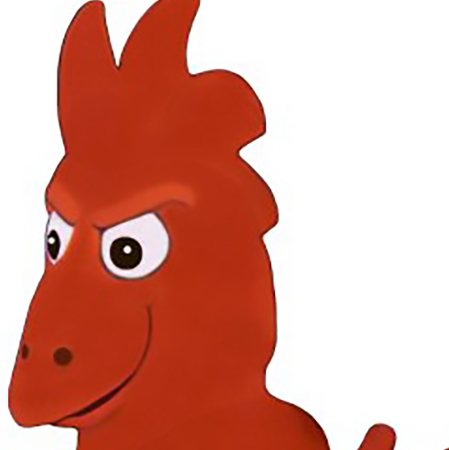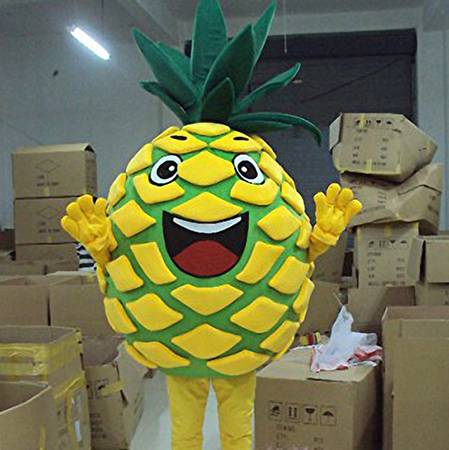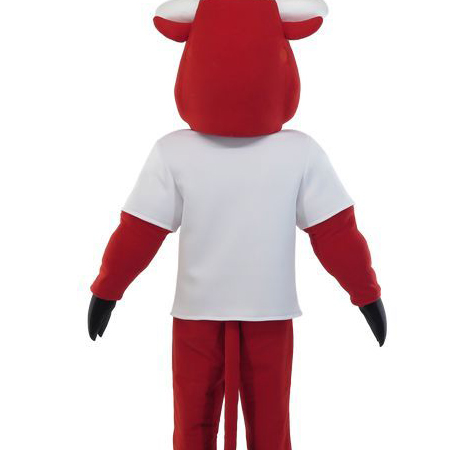Creating the vibrant and engaging personas that bring sports teams, corporations, and community events to life is no small feat. It all starts with the mascot costume designer, an unsung hero in the world of performance art. These talented individuals blend creativity with functionality to design costumes that not only look visually appealing but are also comfortable and durable enough for long-term use.
The process begins with an in-depth consultation to understand the client’s vision and branding requirements. Whether it’s a fierce lion, a playful penguin, or a futuristic robot, designers must first conceptualize the character’s personality and physical attributes. This involves sketching multiple drafts before settling on a final design that captures the essence of what the mascot represents.

Once the design is approved, the focus shifts to selecting materials that can withstand the demands of rigorous performances. The costumes typically feature a combination of foam, fabric, and sometimes even lightweight metal frameworks. Special attention is given to ventilation and weight distribution. The goal is to ensure that performers can maintain peak energy levels while embodying their characters.
Craftsmanship plays a crucial role in the production phase. Skilled artisans meticulously cut, sew, and assemble each component of the costume. Every seam, zipper, and attachment point is tested for durability and ease of maintenance. This is particularly important because mascot costumes often require quick changes during live events, necessitating easy access panels and secure fastenings.

Another critical aspect is the inclusion of safety features. Eye holes are strategically placed to ensure clear visibility without obstructing movement. Additionally, fire-retardant materials are commonly used as a precautionary measure. The headpieces, being the most prominent part of the costume, receive extra attention to ensure they are both expressive and breathable.
Customization options add another layer of complexity to the process. Team colors, logos, and specific design elements must be seamlessly integrated into the costume. Sometimes, this involves intricate embroidery or digital printing techniques. Advanced technology like LED lighting is also incorporated to create dynamic effects that enhance stage presence.

After the costume is completed, it undergoes rigorous testing with actual performers. They wear the costume for extended periods to assess comfort and make any necessary adjustments. Performance reviews help identify potential stress points and areas for improvement. Once these final tweaks are made, the costume is deemed ready for action.
Mascot costumes are not just about looking good; they serve as a powerful tool for brand engagement. A well-designed mascot can captivate audiences, creating a memorable experience that strengthens the bond between the brand and its community. Therefore, mascot costume designers carry the responsibility of translating a vision into a living, breathing entity that resonates with people of all ages.

In summary, the work of a mascot costume designer is a harmonious blend of artistry and engineering. From initial sketches to final fittings, every step requires precision and creativity. Through this collaborative effort, mascot costumes become more than just clothing—they become the face of excitement and joy at countless events around the world.
